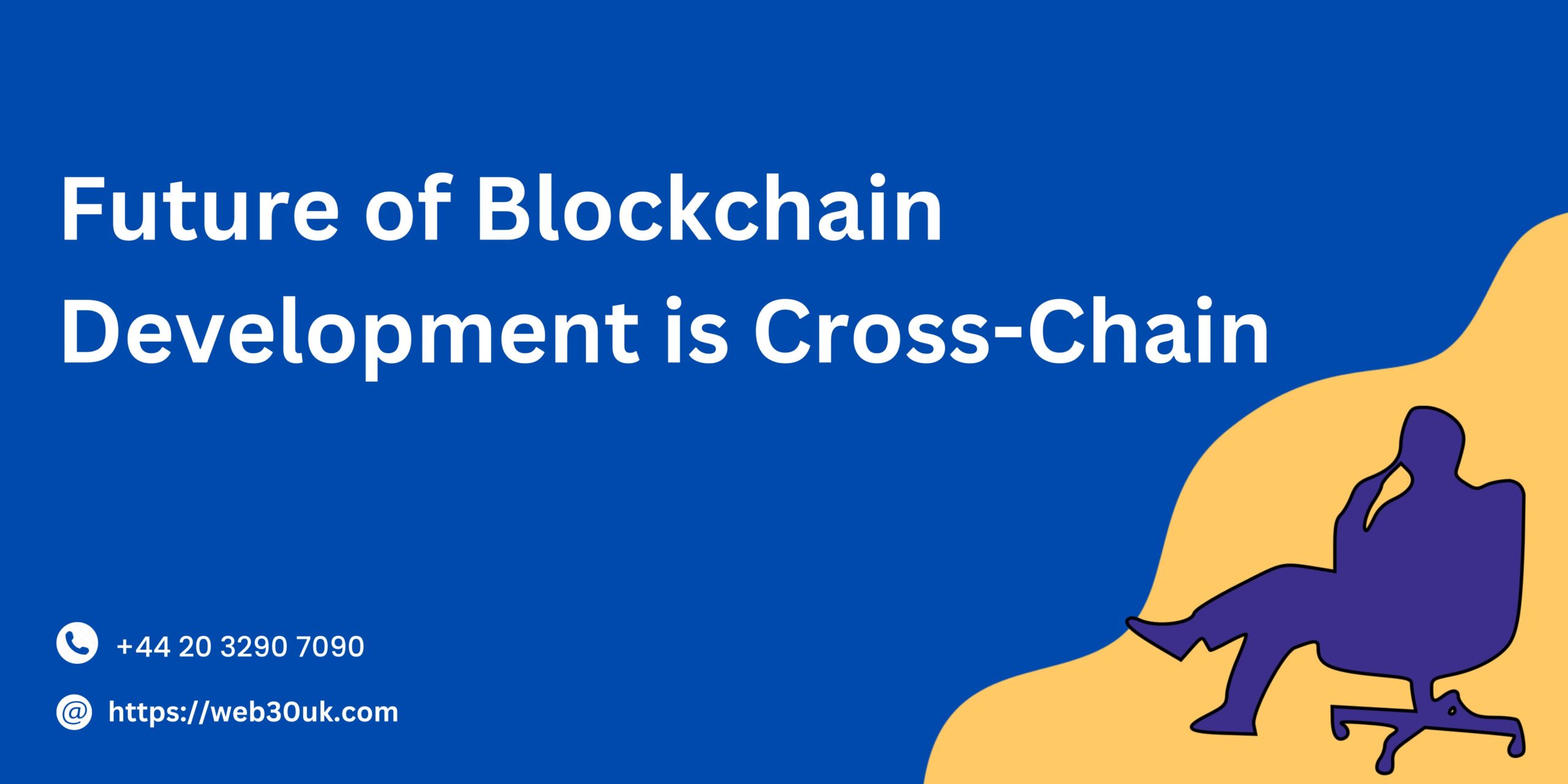In the rapidly evolving world of technology, blockchain has emerged as a groundbreaking innovation that holds the potential to revolutionize various industries. Its decentralized and transparent nature has attracted significant attention and is disrupting traditional systems. One of the most promising advancements within the blockchain space is cross-chain technology. This article delves into the future of Blockchain Development, specifically focusing on the immense potential of cross-chain solutions.
Understanding Blockchain
Before we dive into the concept of cross-chain technology, let’s briefly understand the basics of blockchain. Blockchain is a distributed ledger technology that enables secure and transparent peer-to-peer transactions without the need for intermediaries. It consists of a chain of blocks, where each block contains a list of transactions that are verified by network participants through a consensus mechanism.
The Need for Cross-Chain Solutions
As the adoption of blockchain technology increases, developers and businesses face the challenge of interoperability between different blockchain networks. Currently, most blockchain platforms operate independently, making it difficult for them to communicate and share data. This lack of compatibility restricts the potential applications of blockchain technology and hinders its widespread adoption.
Enter Cross-Chain Technology
Cross-chain technology, also known as blockchain interoperability, offers a solution to the interoperability problem by enabling communication and interaction between different blockchain networks. It allows the seamless transfer of assets and data across disparate blockchains, unlocking a multitude of possibilities for developers and businesses.
Benefits of Cross-Chain Technology
#1. Enhanced Scalability
Cross-chain technology enables the scaling of blockchain networks by distributing workload and data across multiple chains. By utilizing the combined computational power of multiple networks, scalability limitations can be overcome, leading to faster and more efficient transactions.
#2. Expanded Functionality
By integrating different blockchain networks, cross-chain solutions expand the functionality of individual chains. Developers can leverage the unique features of multiple blockchains to create innovative applications and services that were previously not possible within a single network.
#3. Increased Security
Cross-chain technology enhances the security of blockchain systems by enabling the exchange of information and assets in a secure and trustless manner. It leverages cryptographic protocols and smart contracts to ensure the integrity and immutability of cross-chain transactions, reducing the risk of fraud and tampering.
#4. Improved User Experience
Interoperability between blockchains improves the user experience by allowing seamless interaction between different applications and platforms. Users can access and utilize assets from various networks without the need for multiple wallets or complex processes, making blockchain technology more accessible and user-friendly.
Cross-Chain Solutions in Practice
Several projects and protocols have emerged to address the challenges of blockchain interoperability. Let’s explore some prominent cross-chain solutions that are shaping the future of blockchain development.
#1. Polkadot
Polkadot is a popular cross-chain protocol that aims to create a decentralized network of interoperable blockchains. It provides a scalable and secure framework for the transfer of assets and data across multiple chains. Polkadot’s unique architecture allows developers to build custom blockchains and connect them to the Polkadot ecosystem, enabling seamless communication and collaboration.
#2. Cosmos
Cosmos is another leading project in the cross-chain space, offering a network of interoperable blockchains called the Cosmos Hub. It utilizes the Inter-Blockchain Communication (IBC) protocol to facilitate cross-chain transactions and data transfer. Cosmos aims to create an internet of blockchains, enabling seamless interaction and interoperability between various blockchain networks.
#3. Wanchain
Wanchain is a blockchain infrastructure platform that focuses on enabling cross-chain asset transfers and smart contract execution. It utilizes a decentralized cross-chain mechanism called the Wanchain Cross-Chain Framework (WCCF) to bridge different blockchain networks. Wanchain aims to connect public and private blockchains, fostering a more inclusive and interconnected blockchain ecosystem.
The Future is Cross-Chain
As blockchain technology continues to evolve, cross-chain solutions are poised to play a pivotal role in shaping its future. The ability to seamlessly connect and communicate between different blockchains will unlock countless opportunities for innovation and collaboration.
With enhanced scalability, expanded functionality, increased security, and improved user experience, cross-chain technology addresses the limitations of individual blockchain networks and paves the way for widespread adoption. Projects like Polkadot, Cosmos, and Wanchain are at the forefront of this revolution, spearheading the development and implementation of cross-chain solutions.
Conclusion
The future of blockchain development undoubtedly lies in cross-chain technology. The ability to bridge the gap between different blockchain networks will unlock the full potential of this transformative technology. Embracing and harnessing the power of cross-chain solutions will revolutionize industries, drive innovation, and propel blockchain technology into new frontiers.
Contact us today to learn more about how cryptocurrency can benefit your business!📳










